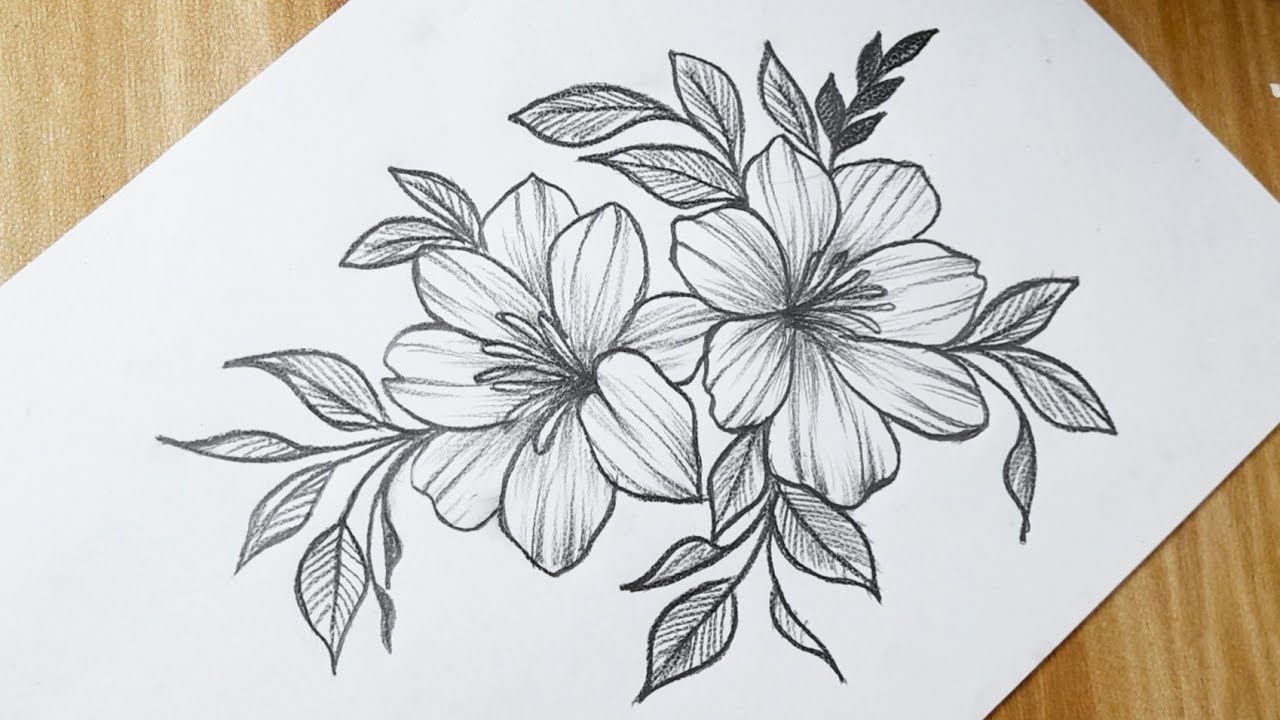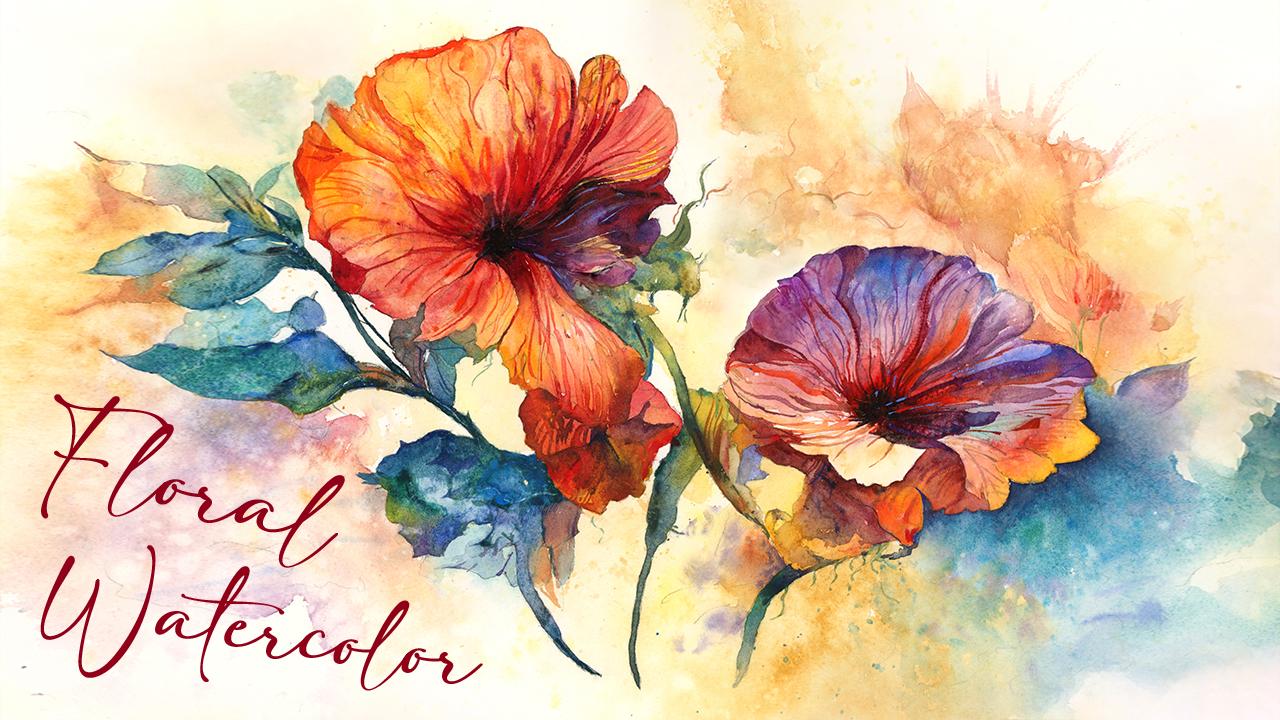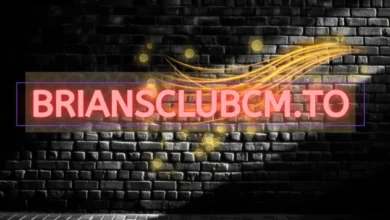Blooming Creativity: A Guide to Flower Sketching for Artistic Expression
Table of Contents
Explore the art of flower sketches – from getting started to finding your style. Learn the importance of botanical studies and how flower sketches transcend aesthetics. Unleash your creativity today
What are Flower Sketches?

Flower sketches are artworks that depict flowers using various drawing techniques. They can be simple line drawings, detailed botanical studies, or loose and expressive renditions. Pencils, charcoal, ink, and crayons are some common mediums used, though the possibilities are endless.
Getting Started with Flower Sketches

Gather your materials: You don’t need fancy tools to get started. A pencil, eraser, and sketchbook are all you need. Some artists prefer specific pencils like HBs or 2Bs for smooth shading, while others enjoy the scratchy texture of charcoal or conte crayons. Experiment and find what feels comfortable for you.
Choose your subject: Look for flowers with interesting shapes, textures, or color combinations. A single bloom in full sunlight or a cluster of buds emerging from a stem can make for captivating subjects. Don’t be afraid to get close-ups and capture the tiny details that often go unnoticed.
Start with basic shapes: Begin by lightly sketching the overall shape of the flower and its petals. Use simple geometric shapes like circles, ovals, and triangles as guides. Don’t worry about being perfect; looseness and flow are key in sketches.
Refine the details: Once you have the basic structure, gradually add details like the veins on the petals, the texture of the leaves, and the delicate curves of the stem. Use light strokes and pay attention to the negative space between the petals, which can add depth and dimension.
Experiment with shading: Shading adds depth and realism to your sketches. Use hatching, cross-hatching, and stippling techniques to create shadows and highlights. Remember, the light source plays a crucial role in how your flower will appear, so observe how it falls on the petals and leaves.
How to Draw Flower Sketches

There’s no one-size-fits-all approach to drawing flowers. However, here are some basic steps you can follow:
Choose your subject: Select a flower that inspires you, whether it’s a familiar daisy or an exotic orchid.
Observe closely: Pay attention to the flower’s anatomy, its shape, size, and the arrangement of its petals, leaves, and stem.
Start with light lines: Use a light touch to sketch the basic outline of the flower.
Refine and add details: Gradually add details like veins, textures, and shading to bring your flower to life.
Experiment: Don’t be afraid to try different techniques and styles. There’s no right or wrong way to sketch a flower.
Importance of Flower Sketches

Flower sketches have significance beyond mere aesthetics. They serve various purposes:
Botanical studies: Detailed sketches provide valuable information for scientific research and identification of plant species.
Art and design: Flower sketches inspire artists and designers, influencing everything from paintings and textiles to architecture and product design.
Personal expression: Drawing flowers can be a form of mindfulness and artistic exploration, allowing individuals to connect with nature and express their creativity.
Why We Draw Flower Sketches

People draw flower sketches for various reasons:
The beauty of flowers: Flowers are naturally captivating with their vibrant colors, delicate forms, and captivating scents. Sketching them allows us to appreciate and preserve their beauty.
The challenge: Capturing the intricate details of a flower in a simple sketch can be a rewarding challenge that tests observation skills and artistic techniques.
The connection to nature: Drawing flowers can be a way to connect with the natural world and appreciate its delicate balance.
A sense of accomplishment: Completing a flower sketch, no matter how simple, can provide a sense of accomplishment and boost creativity.
Finding Your Style
Don’t be afraid to experiment! There are endless possibilities when it comes to flower sketching. You can go for a realistic approach, focusing on botanical accuracy, or embrace a more whimsical style with swirling lines and playful details. There’s no right or wrong way, as long as you’re having fun and expressing yourself creatively.
Where do we use Flowers sketches?
Flower sketches bloom in more places than just a vase! They’re like artistic ambassadors, spreading beauty and knowledge in many fields.
Science sleuths: Botanists use detailed sketches to identify and document different plant species, like a detective’s fingerprint pad for the plant world.
Fashion flair: Floral patterns blossom on clothes and fabrics, and designers often start with sketches to bring their leafy ideas to life.
Greeting card gurus: Birthday wishes and happy hellos often get a flowery touch with sketches that add a personal blooming touch.
Nature ninjas: Keeping a nature journal filled with sketches helps us connect with the outdoors and learn about the amazing world around us.
So, the next time you see a flower sketch, remember, that it’s not just a pretty picture – it could be a scientific record, a fashion statement, or a reminder to stop and smell the roses (or at least sketch them!). Thanks for reading the article.
For More Information Please Visit These Websites Craiyon And Arturia





